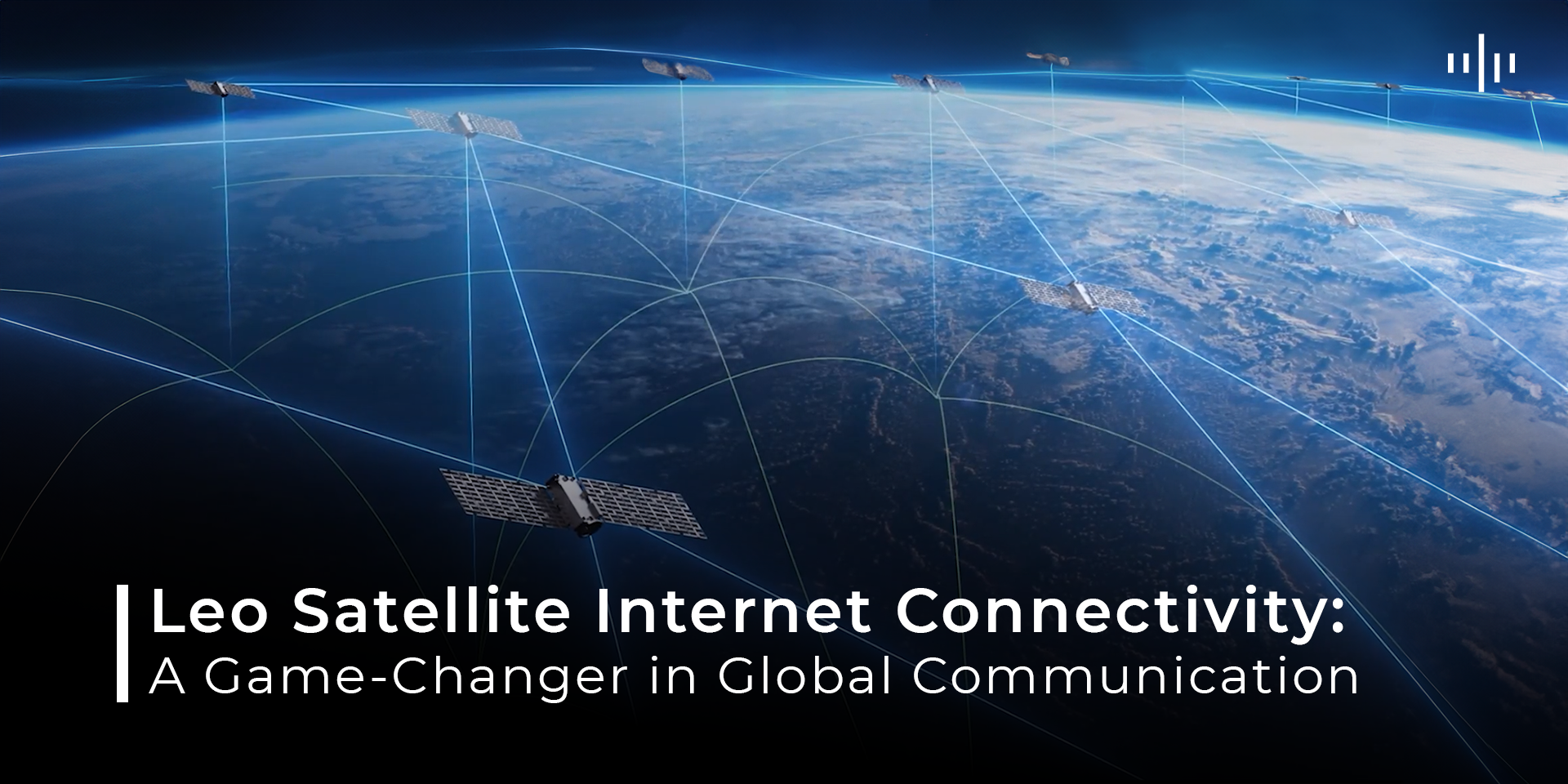Leo Satellite Internet Connectivity:
A Game-Changer in Global Communication
In the rapidly evolving landscape of global communication, Low Earth Orbit (LEO) satellite internet connectivity is emerging as a transformative force. Unlike traditional geostationary satellites, LEO satellites orbit much closer to the Earth, typically at altitudes between 500 to 2,000 kilometers. This proximity brings several advantages that are revolutionizing how we connect to the internet.
Unprecedented Speed and Latency
One of the most significant benefits of LEO satellite internet is its ability to deliver high-speed internet with remarkably low latency. Traditional geostationary satellites, which orbit at approximately 35,000 kilometers above the Earth, suffer from high latency due to the vast distance data must travel. LEO satellites, on the other hand, drastically reduce this distance, enabling near-instantaneous data transmission. This makes LEO satellite internet an attractive option for applications requiring real-time communication, such as online gaming, video conferencing, and telemedicine.
Expanding Coverage to Remote Areas
LEO satellite constellations, such as those deployed by OneWeb, consist of hundreds to thousands of small satellites working in concert to provide global coverage. This network design ensures that even the most remote and underserved regions can access reliable internet connectivity. For rural communities, maritime operations, and areas with limited infrastructure, LEO satellites offer a lifeline, bridging the digital divide and fostering economic development.
Applications Across Industries
The impact of LEO satellite internet extends across various industries. In the maritime sector, ships can maintain constant communication regardless of their location, improving navigation and safety. In agriculture, farmers in remote areas can utilize IoT devices to monitor crops and livestock, increasing productivity and sustainability. Emergency response teams can quickly establish communication networks in disaster-stricken areas, coordinating rescue and relief efforts more effectively.
Looking ahead, advancements in satellite technology and collaborative efforts between governments and private companies are expected to drive down costs and improve the efficiency of LEO networks. As these obstacles are overcome, LEO satellite internet is poised to become a cornerstone of global connectivity, offering fast, reliable, and accessible internet to every corner of the world.
In conclusion, LEO satellite internet connectivity represents a significant leap forward in our quest for universal internet access. Its ability to provide high-speed, low-latency connections to remote and underserved areas holds immense promise for bridging the digital divide and fostering global communication. At mu Space we have our own LEO satellite project, and we will continue to expand our innovation.







